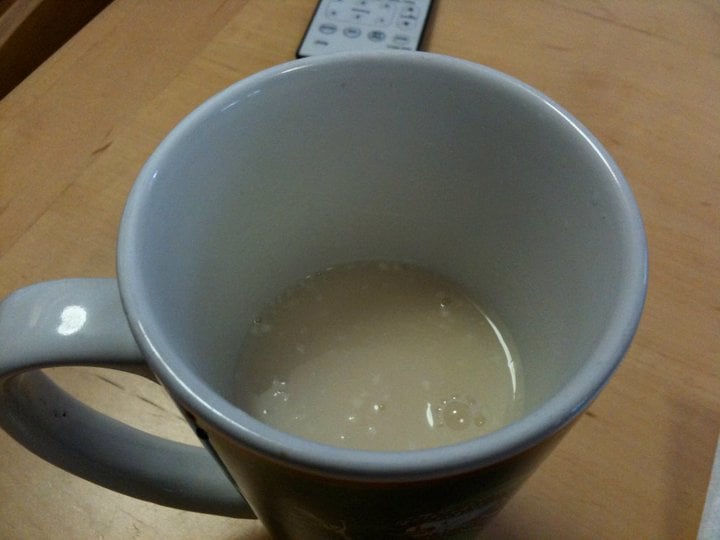This “list” is by no means a complete one of the foods that are traditional players during this season, but just a sampling of the ones that made appearances in Gma’s kitchen. In addition, the overall goal is to keep adding items and stories as time and memory allows.
With Asian groceries becoming more readily available in the local area (Grumpo’s), we started to see more and more New Year’s items start to slip into the December mix and of course, those wonderful parcels from Ryoko that were filled with Gpa’s favorites and ours as well. Here are just a few so far:

On occasion, Ryoko would sneak in prohibited things like kaki (persimmons), both favorites of Gpa and Gma. In Japan, the kaki is a symbol of Autumn. More recently, the persimmon took on a more bittersweet memory for me as Gma wrote in her journal about Gpa picking the perfect ones for her on his trips to Star Market. She wrote that she never had the knack for it and it was a reminder of his absence. However, in my childhood, I remember that Gma would mention a story about a bad monkey that killed a crab with an unripe persimmon but when I’d ask her more about it, she made her typical response to a chatty, why-why child: “It’s just a stupid story, never mind!” I also think the story’s dark moral would lead to even more questions for a 7-year-old growing up in the American suburbs. However, if you’re as curious as I was, here’s the story Keep in mind that in Mom’s version, the monkey doesn’t learn his lesson and doesn’t survive in the end.

Part of the crab’s revenge against the monkey involved kuri (chestnuts). Gpa had a beautiful chestnut tree in the backyard of the Agawam house and in the fall, he would be roasting them in the fireplace. Sadly, that tree was badly damaged by a thunderstorm and never fully recovered to produce the sweet nuts again. Even though it was sad to see the tree cut down, Gpa would transform it into some of his woodworking projects that are still floating around the family collection. Chesnuts are symbolic of Autumn, and success during hard times – which is ironic if you’ve ever roasted chestnuts. It takes practice to know how to score the slippery nuts and even still, if you don’t peel the roasted nut quite right, you have to contend with that nasty skin closest to the meat of the nut. I learned from eGullet Japan that it is called “oni” which also means “demon” and it is a real demon to get off the nut meat and hurts like hell if it gets under your nails… Nevertheless, chestnuts are a big player during the fall with dishes like Kuri Gohan (Chesnut Rice), and Kuri kinton (Chestnut Gold Mash).

It’s no surprise that rice gets special treatment during this time of year with mochi for the New Year and amazake a warm, sweet, and fermented creamy rice drink made with sake lees (the paste leftover from sake pressings). This was another treat that sometimes came in one of Ryoko’s special parcels along with several Osechi Ryori items (New Year’s foods). If you like the taste and smell of sake, you’ll enjoy this drink, especially after an afternoon of shoveling snow off the driveway. I’ll cover more on Osechi Ryori in New Year’s Traditions!